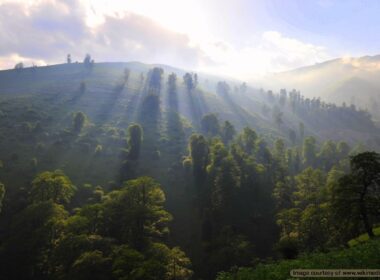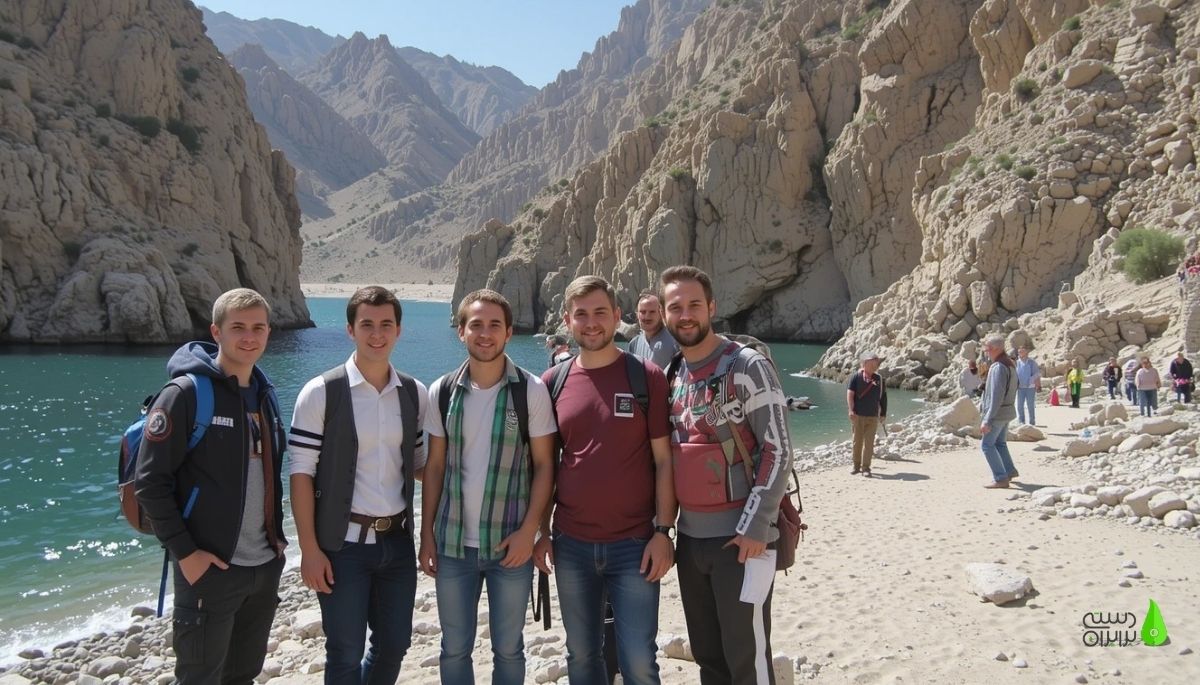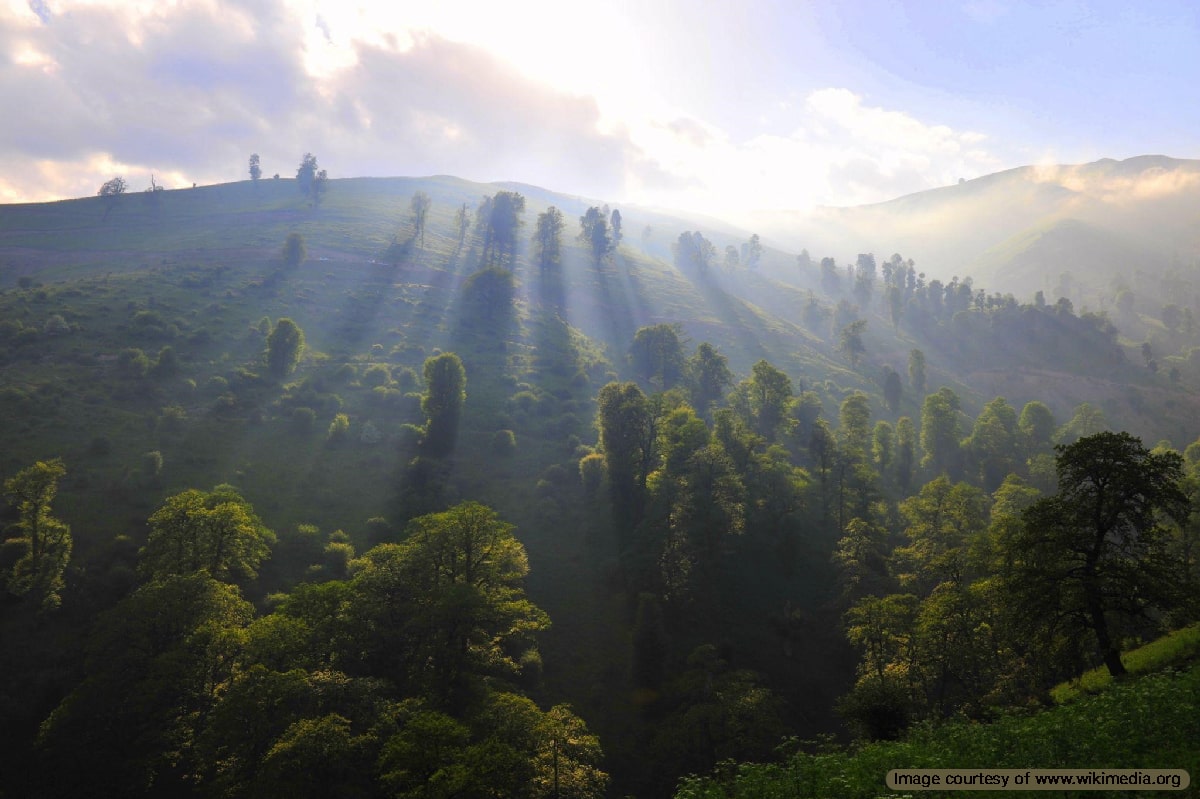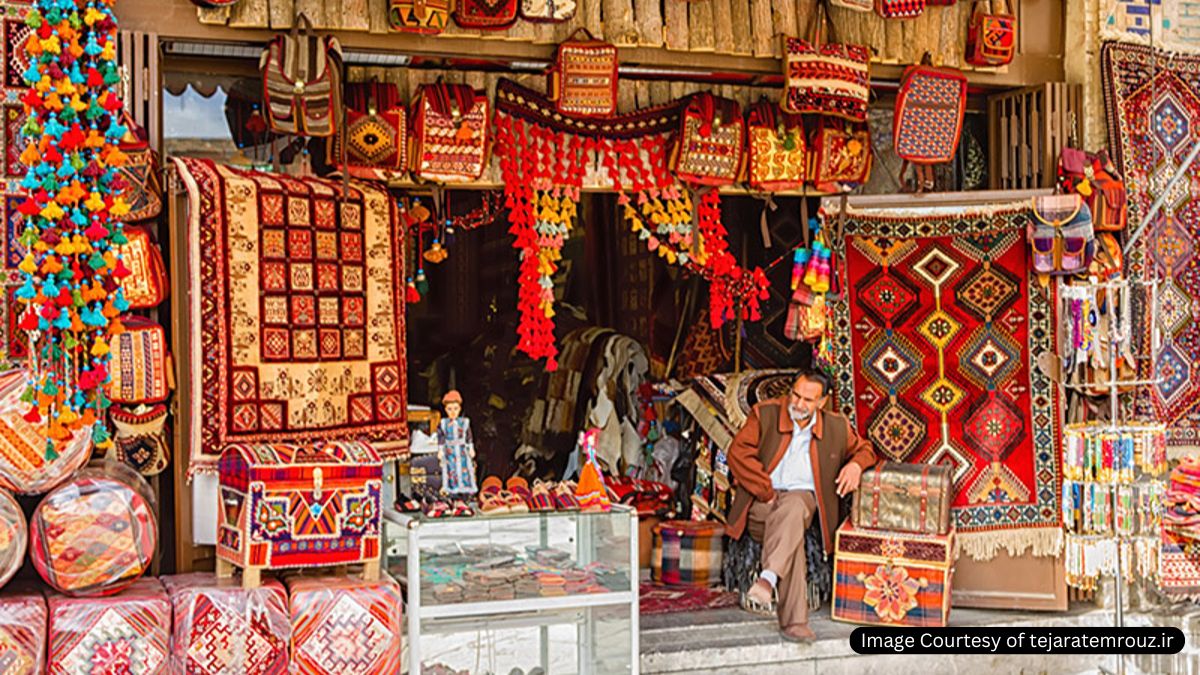
Isfahan, a jewel of Iran’s cultural heritage, is best explored on foot. A Walking Tour of Esfahan lets you immerse yourself in the city’s Safavid-era architecture, bustling bazaars, and serene Persian gardens. With UNESCO-listed landmarks like Imam Square and intimate access to local artisans, this half-day tour offers an unforgettable blend of history and culture.
Why Isfahan Is a Must-Visit on Persia’s Journey
Isfahan, often dubbed “Half the World” by Persian poets, is a crown jewel of Iran’s cultural and historical legacy. As a key stop on Persia’s journey, it offers travelers a rare blend of:
- UNESCO Heritage: Home to Imam Square, Chehel Sotun Palace, and historic bridges.
- Architectural Grandeur: Safavid-era mosques with turquoise domes and intricate tilework.
- Living Culture: Bustling bazaars, Persian gardens, and artisan workshops.
A Crossroads of History & Trade
Isfahan flourished as a Silk Road hub under Shah Abbas I, whose vision transformed it into Persia’s 17th-century capital. Today, its monuments reflect Zoroastrian, Islamic, and European influences, making it a microcosm of Iran’s layered identity.
Unique Experiences You Won’t Find Elsewhere
- Nighttime Magic: Imam Square illuminated under starlight.
- Artisan Traditions: Watch masters craft Persian carpets or khatam (wood inlay).
- Culinary Delights: Sip saffron tea in centuries-old teahouses.
Chehel Sotun Palace: A Majestic Start to Your Isfahan Walking Tour

Begin your Walking Tour of Esfahan at Chehel Sotun Palace, a 17th-century marvel commissioned by Shah Abbas II. The palace’s name, meaning “Forty Columns,” derives from its 20 slender wooden pillars reflected in the courtyard pool—a symbolic nod to Persian numerology. This Safavid building is located in the Naqsh-e Jahan neighborhood at the center of Isfahan.
Architectural Highlights
- Murals & Miniatures: Admire six grand frescoes depicting Safavid victories and royal receptions.
- European Influences: Spot intricate tilework blending Persian and Western motifs on the exterior.
Visitor Tips
- Best Time to Visit: Morning, when sunlight illuminates the pool’s reflection.
- Guided Tours: Opt for a guide to decode hidden symbolism in the art.
Imam Khomeini Square: The Heart of Isfahan’s Heritage
A 10-minute walk from Chehel Sotun brings you to Imam Khomeini Square (Naqsh-e Jahan). This 17th-century complex, once a royal showcase for Shah Abbas I, spans 89,600 m² and houses three iconic structures:
1. Imam Mosque: A Symphony of Persian Architecture

- Design: Turquoise and lapis lazuli tiles adorn its domes and ivans.
- Unique Feature: Acoustic perfection in the main prayer hall.
2. Sheikh Lotfollah Mosque: Royal Serenity

- Secrets: No minarets—this mosque was reserved for the Shah’s family.
- Dome Magic: The buff-colored dome shifts hues with sunlight.
3. Ali Qapu Palace: The Safavid Skyline

- Panoramic Views: Climb to the 6th-floor music room for vistas of Mount Soffeh.
- Restoration Note: Recently reinforced to preserve its 400-year-old structure.
Visit Sheikh Lotfollah before noon prayer to avoid closures.
Local Experiences: Bazaars, Bites, and Crafts
A walking tour of Esfahan offers a vast variety of experiences that will linger on in your fond memories of your Iran travel. Read on to learn more:
Handicraft Havens
Post-lunch, explore Imam Square’s arcades for:
- Miniature Paintings: Souvenirs capturing Safavid artistry.
- Khatamkari: Inlaid woodwork.
Dining Recommendations
- Traditional: Azadegan Teahouse for saffron-infused stews.
- Quick Bites: Try gaz (nougat) from bazaar stalls.
Practical Tips for Your Walking Tour of Isfahan
- Timing: Start at 8 AM to avoid crowds and heat.
- Attire: Modest clothing for mosque entry.
- Tickets: Combined passes for Imam Square sites.
Ready to Explore?
Book your Walking Tour of Esfahan today or customize a private itinerary. Let Esfahan’s minarets, mosaics, and murmuring bazaars leave you spellbound!
Choose an Iran Travel Package for more adventures!












